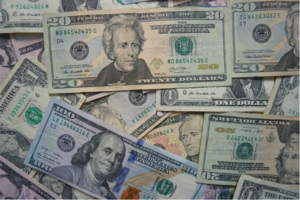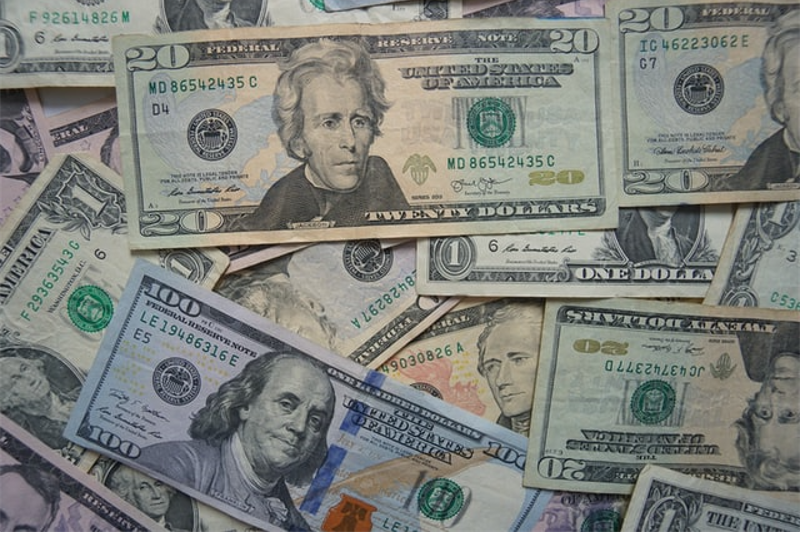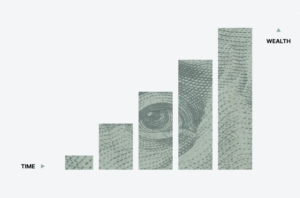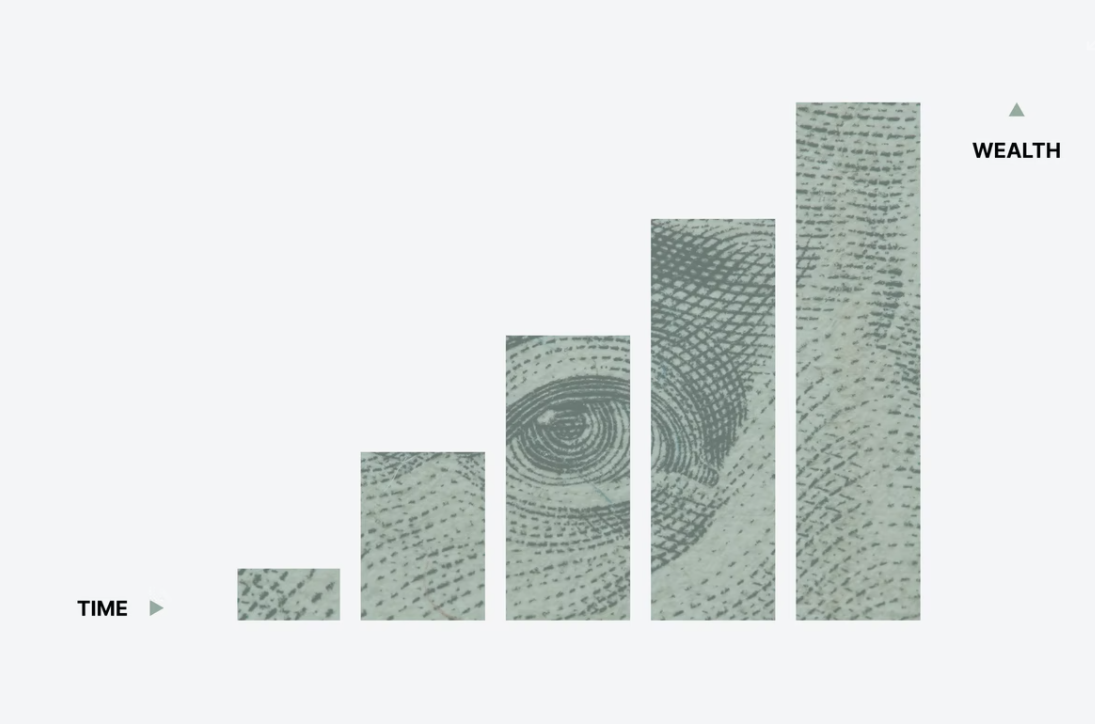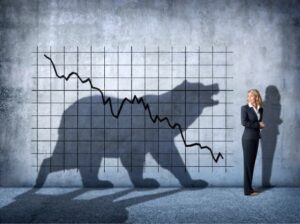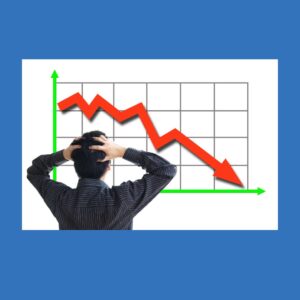Key Points
- A bear market is defined as a decline of greater than 20% for a particular index over an extended period of time.
- Bear markets can come in many fashions and predicting the bottom is difficult, however it provides opportunities for younger investors to put cash to work at discounted prices.
- We think that timing the market is nearly impossible and that investors benefit by putting cash to work here and there throughout the course of the bear market. This is known as Dollar Cost Averaging(DCA)
What Happens in a Bear Market?
A bear market is the exact opposite of a bull market(increase in equity market values) where market prices decline by 20% or more for a prolonged period of time. Think of a bear market as being similar to a market correction but in a stronger dose and more violent.
Sounds a bit scary? It can be for those who do not like to see red in their portfolio but bear markets do occur and can present a once in a lifetime buying opportunity.
Bear markets can occur for various reasons such as a decrease in economic growth, hyperinflation, poor earnings, high unemployment, political turbulence, or even negative investor sentiment over high equity valuations.
Sadly, bear markets tend to last longer than a standard market correction and can average close to a full year if not more.
Some of the most notorious bear markets are technically renowned recessions such as the Financial Crash of 2008, 2020 Covid Selloff, the Dotcom Bubble of 2000 and the market of 2022 where inflation has led to rising interest rates. Also let us not forget the Great Depression as well.
This Sounds Way Worse than A Market Correction. How do I Handle This?
Bear markets are worse than market corrections but as equity prices reach their bottom, it usually provides a great buying opportunity. Since market corrections are brief, it is usually easier for investors to feel confident they are purchasing positions towards the bottom of the correction before a sharp rebound in market prices occurs.
Bear markets on average are longer and a little bit more unpredictable as to when the bottom will occur.
Buy Some Here and There and a Whole LOT When its really LOW
If the underlying economic data is clearly poor enough to where it is evident the economy is headed into a deep recession, then buying with all your cash at the first dip would not be recommended as it could take an extended period of time until market prices reach their actual bottom which no one can accurately predict.
Perfectly tying to time the market is never recommended as bear markets will encounter heightened levels of volatility which could result in poor investment decisions.
It could be a steep climb back up to recover those losses if you put it all in at once.
Remember, a bear market is characterized by a decline of 20% or more. This means market indexes could drop by as much as 48% which the S&P 500 experienced during the Financial Crash of 2008.
While this all sounds scary, bear markets are historically followed by secular bull markets which last considerably longer. The long-term outlook for quality companies will not change during the tough times of a bear market.
Learning how to use Dollar Cost Averaging (buying shares here and there as the price decreases) could be a useful technique to build positions over time in the names an investor wants for their portfolio. To Be Bold When Others are Fearful is just as important during a bear market as it is for a market correction.
The economy will recover and those investors who stuck it out and took a chance will be happy they did. Of course the only way things do not turn out well in the long-run is if the world gets hit by an asteroid, nuclear fallout, or we somehow enter the worst depression of all time that never ends. In these instances all of humanity is really in some deep trouble collectively.





